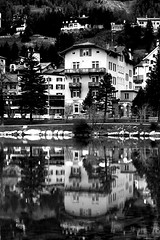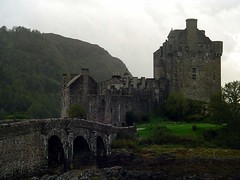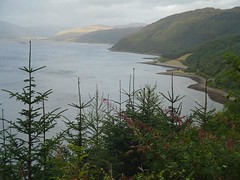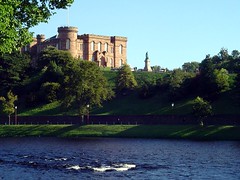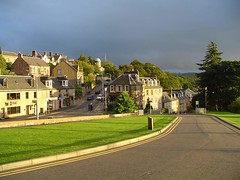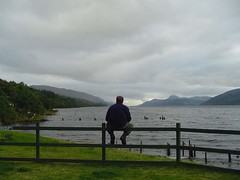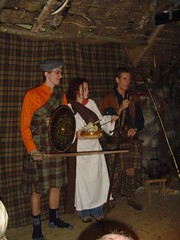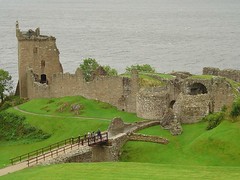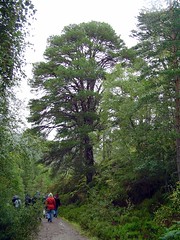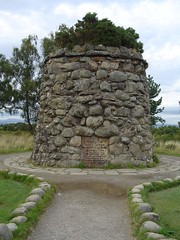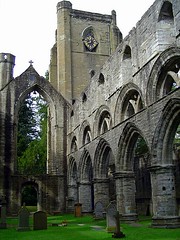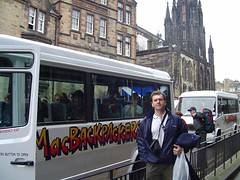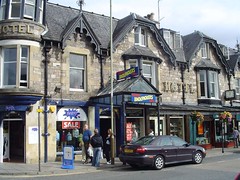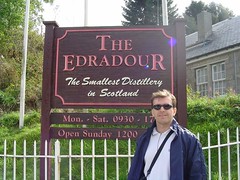A succession of castles have stood on this site since 1057.
The first
Inverness Castle was partially destroyed by King Robert I and a replacement castle was sacked in the 15th century.
In 1548 another castle with tower was completed by George Gordon, 4th Earl of Huntly (1514-1562). He was constable of the castle until 1562. The castle was later taken by the Clan Munro and Clan Fraser who supported Mary Queen of Scotts in 1562.
Inverness Castle 1562, Robert Mor Munro 15th chief of the Clan Munro was a staunch supporter of Mary Queen of Scots and he consequently was treated favourably by her son James VI. Robert Mor Munro was also a faithful friend of Mary Queen of Scots. Buchanan states, that when the unfortunate princess went to Inverness in 1562; "as soon as they heard of their sovereign's danger, a great number of the most eminent Scots poured in around her, especially the Clan Fraser and Clan Munro, who were esteemed the most "valiant of the clans inhabiting those countries in the north". These two clans took Inverness Castle for the Queen, which had refused her admission. The Queen later hanged the governor, a Gordon who had refused her admission.[1]
During the Civil War later occupiers of the castle had held out against a siege by James Graham the 1st Marquess of Montrose in 1645.
Inverness Castle 1649, Later during the Civil War the Clan Munro and Clan Fraser again took Inverness Castle. This time they were also joined by Clan Urquhart and Clan MacKenzie who they had recently made peace with. They were all opposed to the authority of the current parliament. They assaulted the town and took the castle. They then expelled the garrison and raised the fortifications. However on the approach of the parlimentry forces led by General David Leslie all of the clans retreated back into Ross-shire. During that year several skirmishes took place between these parties.
In 1715 the Clan MacKay took the side of King George I and defend Inverness Castle against the Jacobites.
In 1725 the Castle was extended and reinforced by General George Wade after the initial early Jacobite Uprisings.
Invernes Castle 1745, In 1745 when the second major Jacobite Uprisings began Inverness Castle was held by General Sir John Cope however it fell to the Jacobite rebel leader bonnie Prince Charlie who levelled it using explosive charges.
The castle features on the reverse of the Royal Bank of Scotland £50 note introduced in 2005.
See the whole article
hereMore photos:


